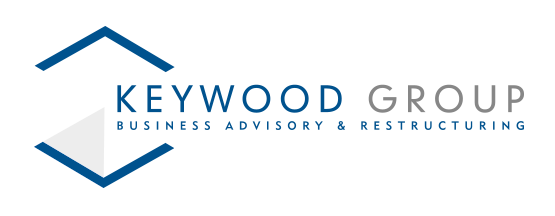How to Close a Company with Debt?
Closing a company with debt involves a series of legal and financial steps to ensure that creditors are dealt with appropriately and that the closure is conducted in compliance with relevant laws. Here are the main steps to close a company with debt:
Assess the Financial Situation
- Review Financial Statements: Determine the total amount of debt and identify all creditors.
- Evaluate Assets: Assess the company’s assets to understand what can be sold to pay off debts.
Seek Professional Advice
- Insolvency Practitioner: Engage a licensed insolvency practitioner who can guide you through the process and ensure legal compliance.
Consider Insolvency Options
- Creditors’ Voluntary Liquidation (CVL): A common method for insolvent companies to close. The directors propose the liquidation, and an insolvency practitioner is appointed to sell assets and distribute the proceeds to creditors.
- Company Voluntary Arrangement (CVA): An option to propose a repayment plan to creditors, allowing the company to continue operating if accepted.
- Administration: A temporary solution to protect the company from creditors while a restructuring plan is developed. It can lead to the company’s sale as a going concern or to CVL if restructuring fails.
Prepare for Liquidation (CVL Process)
- Directors’ Meeting: Convene a board meeting to agree that the company should enter liquidation.
- Shareholders’ Meeting: Hold a general meeting of shareholders to pass a special resolution to liquidate the company.
- Appoint an Insolvency Practitioner: The shareholders appoint an insolvency practitioner as the liquidator.
Notify Creditors and Stakeholders
- Creditors’ Meeting: Call a meeting of creditors to inform them of the liquidation and allow them to vote on the proposed liquidator.
- Public Notice: Publish a notice of the liquidation in The Gazette (an official public record in the UK).
Liquidation Process
- Asset Realisation: The liquidator takes control of the company’s assets and collects any outstanding debts owed to the company.
- Distribution to Creditors: The proceeds from asset sales are distributed to creditors in a legally prescribed order of priority.
- Investigation: The liquidator investigates the conduct of directors leading up to the insolvency to identify any potential wrongful trading or misconduct.
Final Steps
- Final Report: The liquidator prepares a final report detailing the liquidation process and distributions made to creditors.
- Dissolution: Once the liquidation is complete and all affairs are wound up, the company is formally dissolved and removed from the Companies Register.
Key Considerations
- Directors’ Duties: Directors must act in the best interest of creditors once the company is insolvent, avoiding preferential payments or wrongful trading.
- Personal Guarantees: Directors who have given personal guarantees for company debts may still be liable for those debts even after liquidation.
- Employee Claims: Employees may have claims for unpaid wages, redundancy, and other entitlements, which are typically handled by the liquidator.
Conclusion
Closing a company with debt is a complex process requiring careful planning and professional guidance. Engaging a licensed insolvency practitioner early can help ensure that the process is handled legally and efficiently, minimizing the impact on creditors and other stakeholders.
Call us here at Keywood Group today on 0121 201 0399 for a free no obligation consultation.











